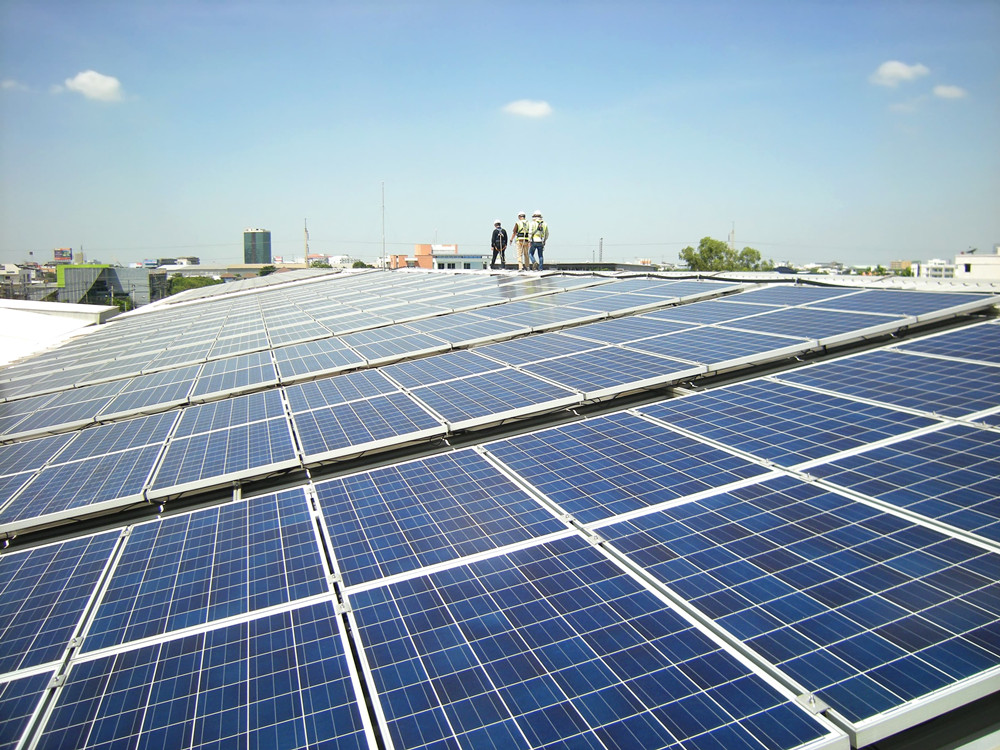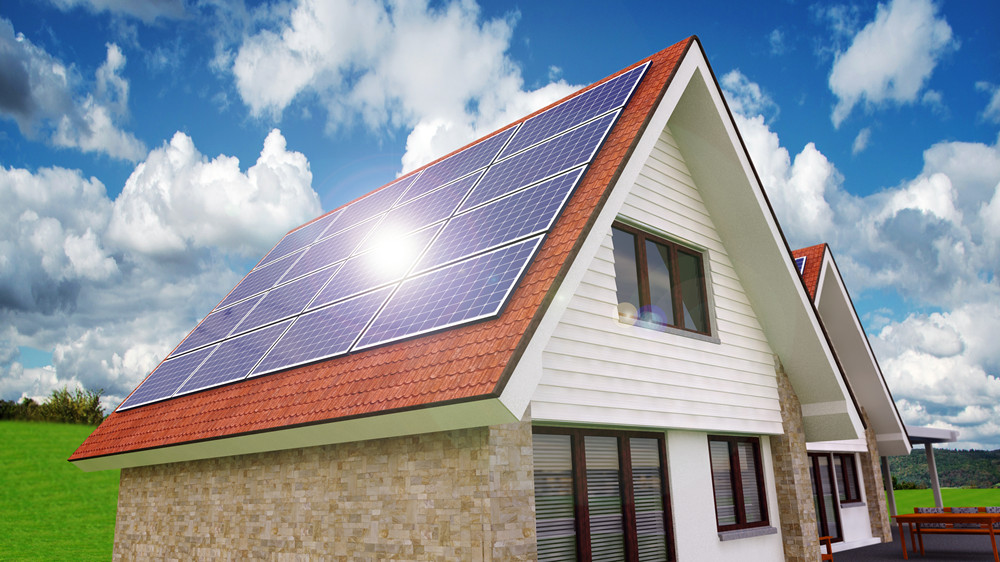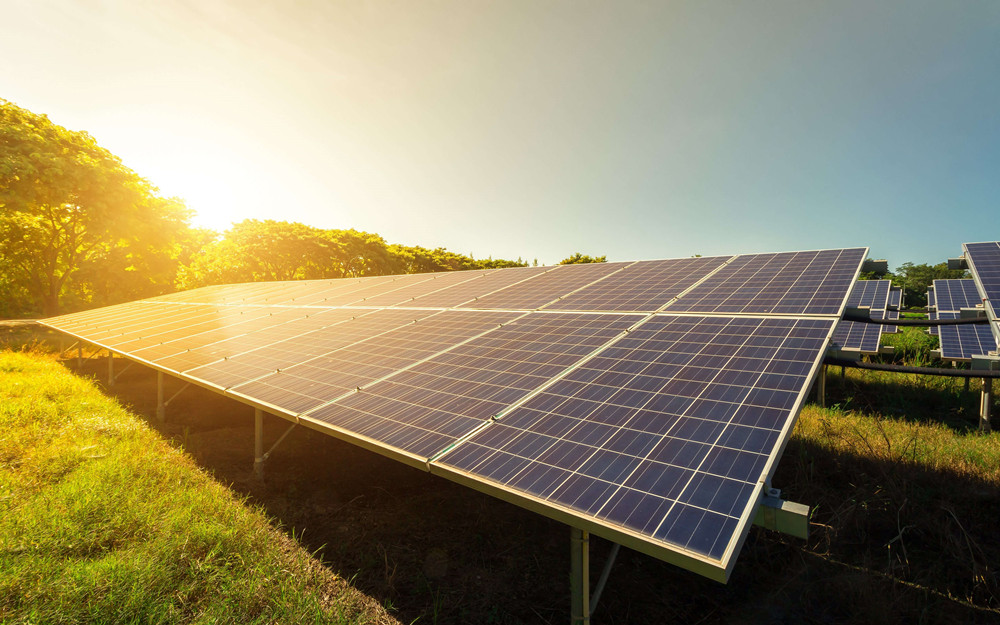Sometimes it is particularly difficult to use these pullers to take these fittings, then the method should be: 1 wind, electric welding cutting method: This method is most suitable for the bearing "outer ring (outer) and bearing seat" too tight When the outer ring (outer casing) of the bearing can be cut. Using the cutting method to take the parts is not only "fast", but also solves the problem.
2 Heating and taking the shaft method: Some "shafts and hole sleeves" are very difficult to separate, and can be heated, that is, using a blowtorch or baking flame to carry out the barbecue "hole sleeve", and also in the "shaft and hole sleeve" At the gap between them, a proper amount of immersion oil or a mixture of engine oil and diesel oil is used to make the gap between the gaps more accelerating and increasing the temperature. When the temperature is applied to a certain level, the "cooling water" method at the shaft end can also be used to cause the shaft to contract sharply, thus creating a certain amount of gaps, thereby making the shaft easy to take outward.
3 stone accounted for the knockback force return method: the anvil knockback force return method is a commonly used method in repairing a car, but it is also easy to be ignored. The method is to use a copper rod-like object placed on the outer circumference of the casing and hammer the copper rod by hand, so that the inner sleeve or shaft to be taken passes through the "rebounding force of the anvil". And pull out the shell. Use this method of returning to pay attention to the bearing capacity of the shell and use it when possible. This method can avoid detours, but must pay attention to mistakes.
4 Drilling axis method: It is to drill a hole in the middle position of one end of the shaft that is not easy to take, so that the interference force of the shaft and the hole sleeve is rebounded back, and the shaft will take much better.
What Is A Solar Panel?
Solar energy begins with the sun. Solar panels (also known as "PV panels") are used to convert light from the sun, which is composed of particles of energy called "photons", into electricity that can be used to power electrical loads.
Solar panels can be used for a wide variety of applications including remote power systems for cabins, telecommunications equipment, remote sensing, and of course for the production of electricity by residential and commercial solar electric systems.
How Do Solar Panels Work?
Solar panels collect clean renewable energy in the form of sunlight and convert that light into electricity which can then be used to provide power for electrical loads. Solar panels are comprised of several individual solar cells which are themselves composed of layers of silicon, phosphorous (which provides the negative charge), and boron (which provides the positive charge). Solar panels absorb the photons and in doing so initiate an electric current. The resulting energy generated from photons striking the surface of the solar panel allows electrons to be knocked out of their atomic orbits and released into the electric field generated by the solar cells which then pull these free electrons into a directional current. This entire process is known as the Photovoltaic Effect. An average home has more than enough roof area for the necessary number of solar panels to produce enough solar electricrity to supply all of its power needs excess electricity generated goes onto the main power grid, paying off in electricity use at night.
In a well-balanced grid-connected configuration, a solar array generates power during the day that is then used in the home at night. Net metering programs allow solar generator owners to get paid if their system produces more power than what is needed in the home. In off-grid solar applications, a battery bank, charge controller, and in most cases, an inverter are necessary components. The solar array sends direct current (DC) electricity through the charge controller to the battery bank. The power is then drawn from the battery bank to the inverter, which converts the DC current into alternating current (AC) that can be used for non-DC appliances. Assisted by an inverter, solar panel arrays can be sized to meet the most demanding electrical load requirements. The AC current can be used to power loads in homes or commercial buildings, recreational vehicles and boats, remote cabins, cottages, or homes, remote traffic controls, telecommunications equipment, oil and gas flow monitoring, RTU, SCADA, and much more.



solar panels,solar energy,solar power,solar panel price,solar cell
Suzhou Keffran Parts Co.,ltd , https://www.keffran-elevatorsmart.com
